Euhorbia Fruticosa is a succulent plant native to Yemen. It is known by the scientific synonym Euphorbia cuneta or by the common name of fly larva. It is similar in appearance to a cactus although it is a succulent plant. It grows in columnar form, has a bush port and can reach seventy centimeters in height by ten in diameter. It is usually branched from the base which gives it a very curious appearance.
The body of the plant can be either blue-green or yellow-green. It has between ten and thirteen very marked ribs that can be either straight or slightly crocked. In between have small oval leaves that do not last long come near the spikes. The spines grow paired, are grey when young, between fifteen and twenty millimeters and when growing, they become black or brown and at their base come out much smaller spines of at most three millimeters in length.
The flowers of this Euphorbia appear on the top of the ribs, offering a very showy yellow contrast compared to the green of the plant. It flowers from February to April. Then we will have spherical seeds between two and three millimeters. Flowering will occur if it has direct sunlight and the minimum temperature that may be exposed does not exceed two degrees negative.
The irrigation must be very abundant when it is growing and when the substrate is dry to the touch of the fingers. Water once every fortnight in spring, once a week in summer and in autumn irrigate only once, because in winter we must respect the winter rest period. You can allow yourself to water it if you are in an area where minimum temperatures do not fall from ten positive degrees.
Finally, you have to take into account possible overwater rots and you also have to watch closely with the cottony mealybug.
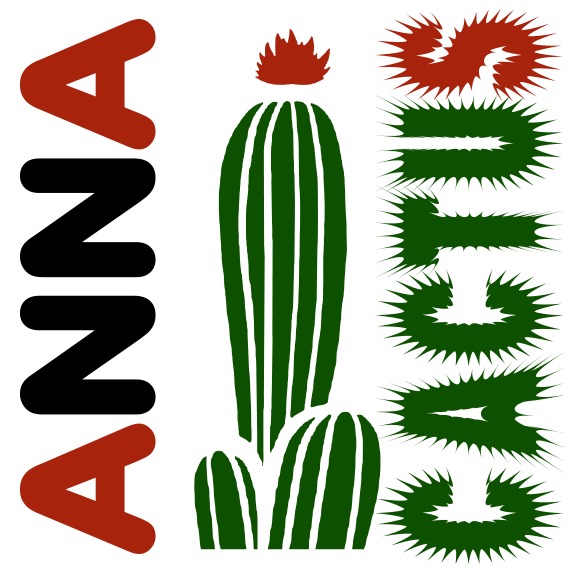
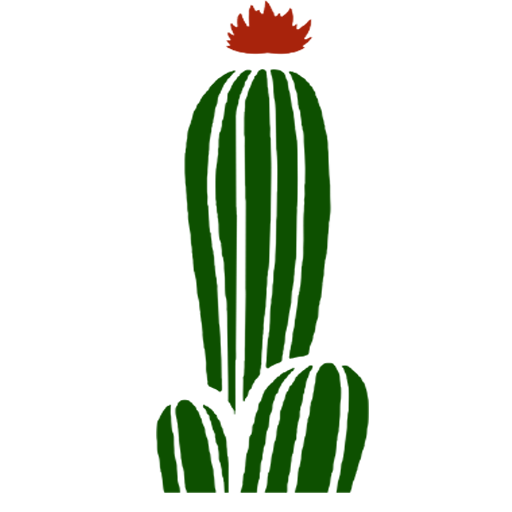
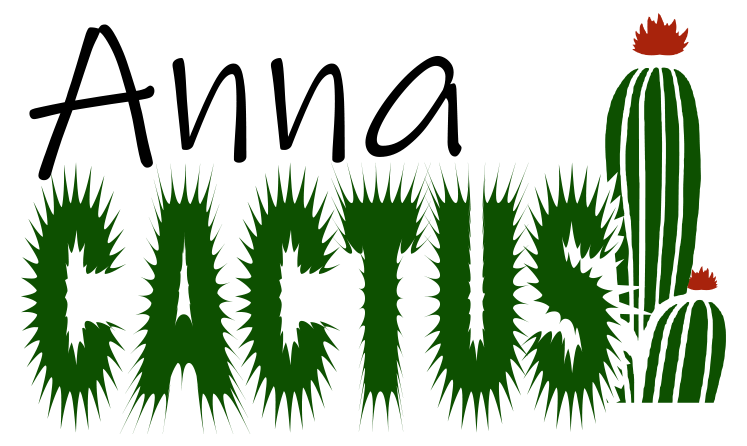
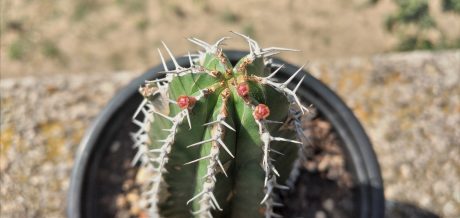

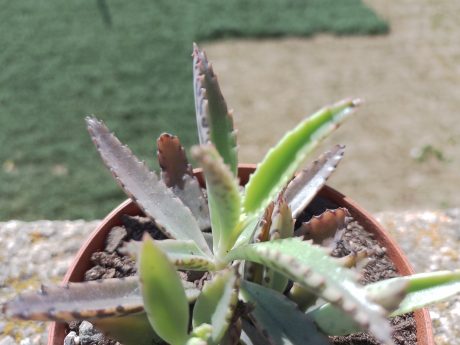

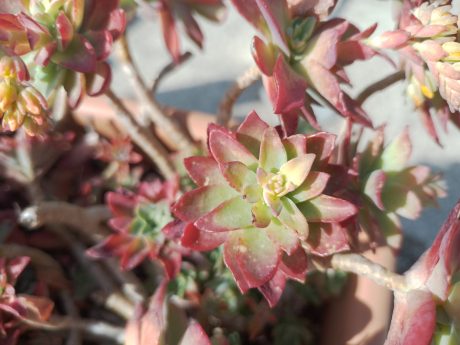
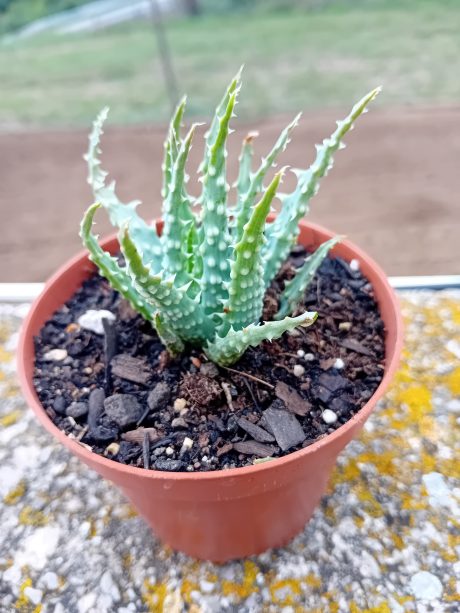
Reviews
There are no reviews yet.